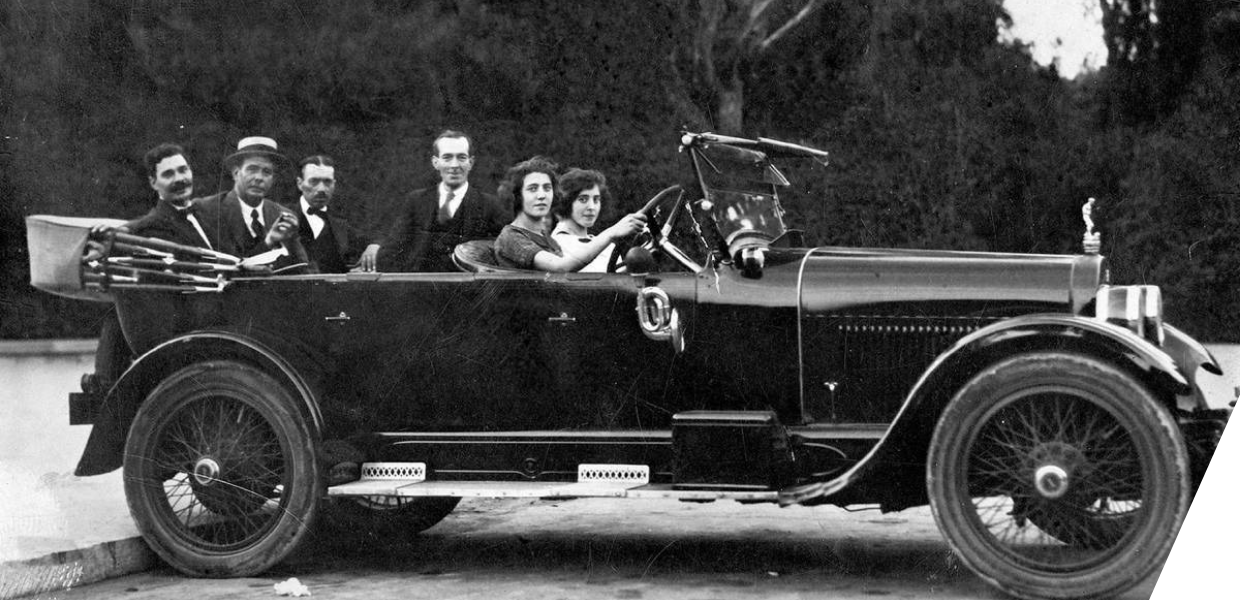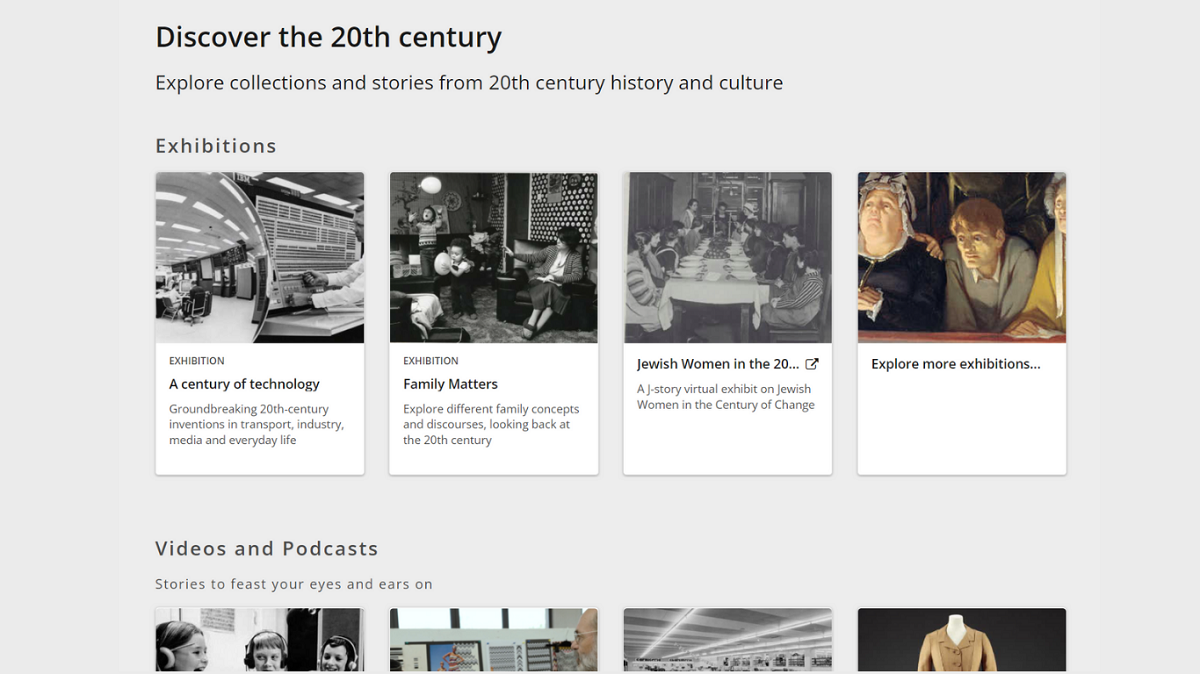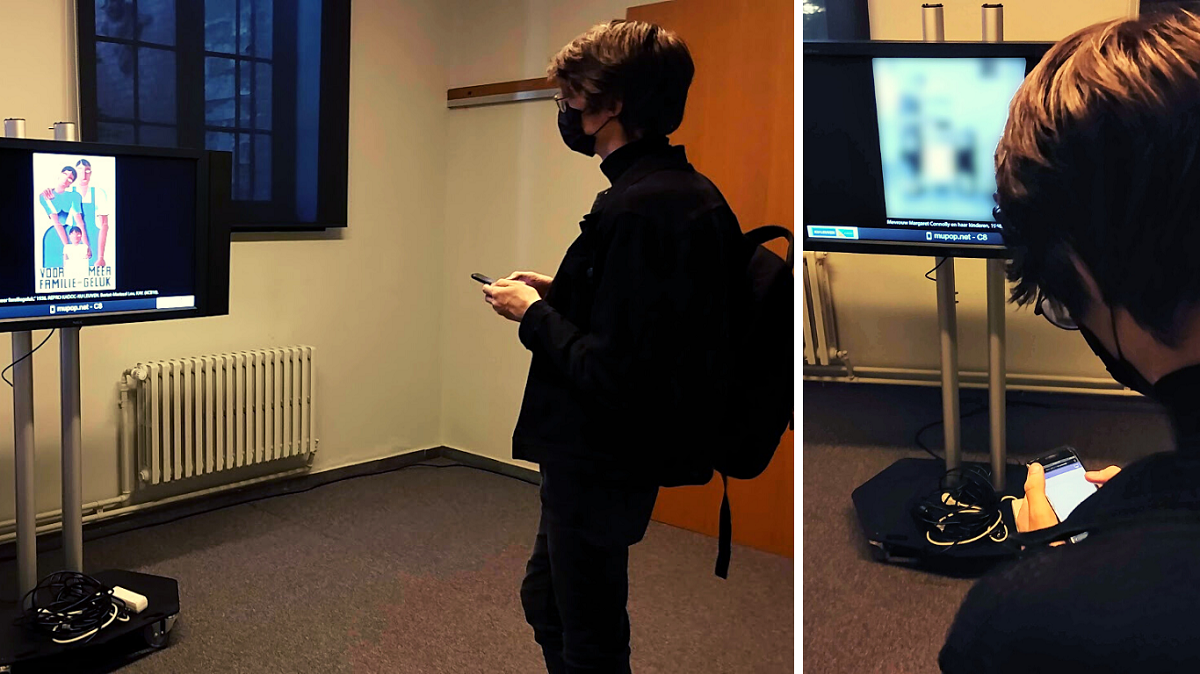A workshop carried out in collaboration between EFHA and the Design Department (DIDA) of the University of Florence also took place in the context of the project. Students were encouraged to use the digital artefacts available in Europeana’s fashion collections to revive past brands through their heritage. Tutor Margherita Tufarelli and Renato Stasi, of the Fashion Design Laboratory 2 at UNIFI, said: ‘Cultural heritage materials in the digital format represent a special resource because they are renewable, implementable, recombinable: the more they are used, the more our common heritage grows and evolves.’
The workshop introduced archive use into designers’ training courses and aimed to familiarise them with existing structures, looking to the future with a vision of a continuously growing cultural heritage. The workshop reinvigorated the material kept by EFHA’s content providers and accessible through Europeana, presenting it as a resource for new design and creative productions. Margherita says: ‘The will to introduce archival research in the course stemmed from the desire to stimulate an approach of continuity with the heritage of the discipline (fashion) itself, considered not only something we observe but don’t touch, but actually something we continuously reconfigure and update.’ See the results of the workshop.
Get involved
The development of these new tools have not only facilitated the work of content creators and editors, but also turned end users into co-creators. The interactive exhibitions and gamification of crowdsourcing activities allowed people to interact with archival materials in new ways, shifting from passive consumers to active participants and collaborators. These activities, as well as new tools and methodologies, represent an important stepping stone in Europeana’s continuous exploration of exciting publication formats, novel connections with users and synergies with its ecosystem of professionals.
You can discover all the tools developed through Europeana XX in the Europeana Pro Services and Tools section and explore collections and stories from the 20th century on the Europeana website.






